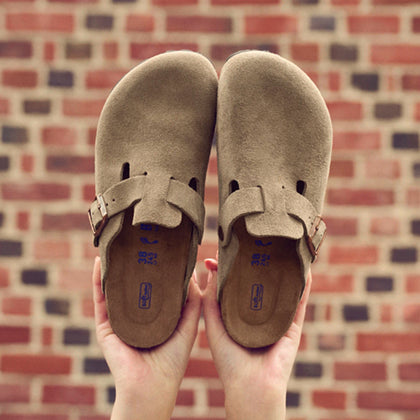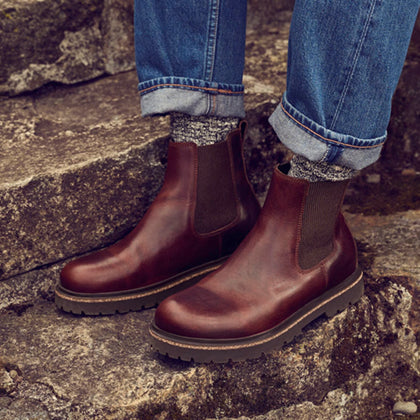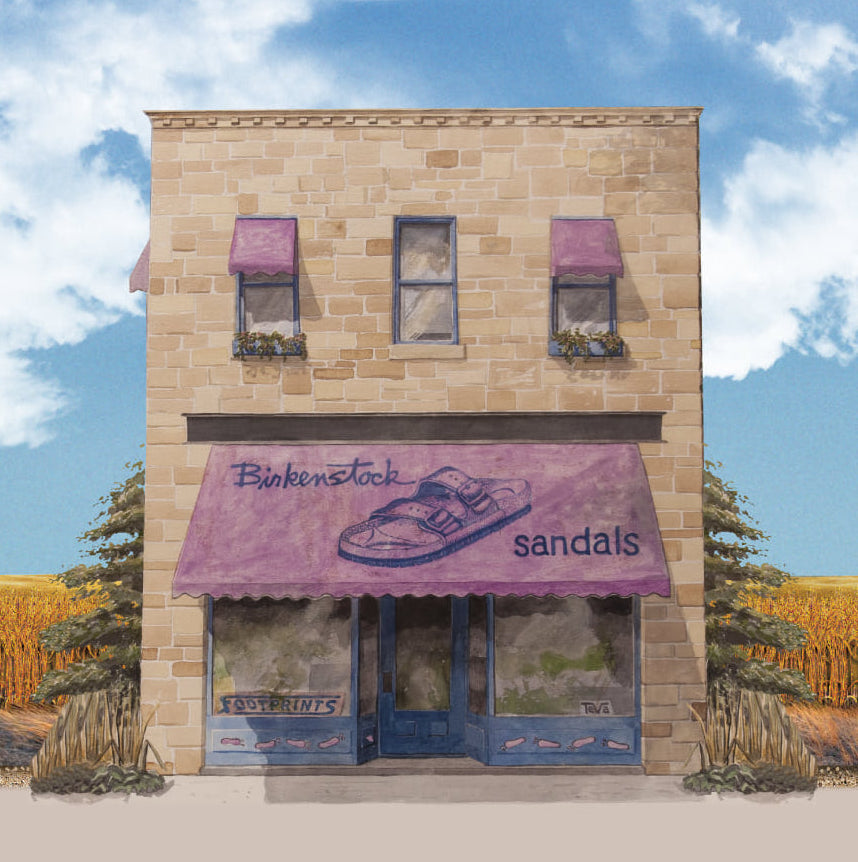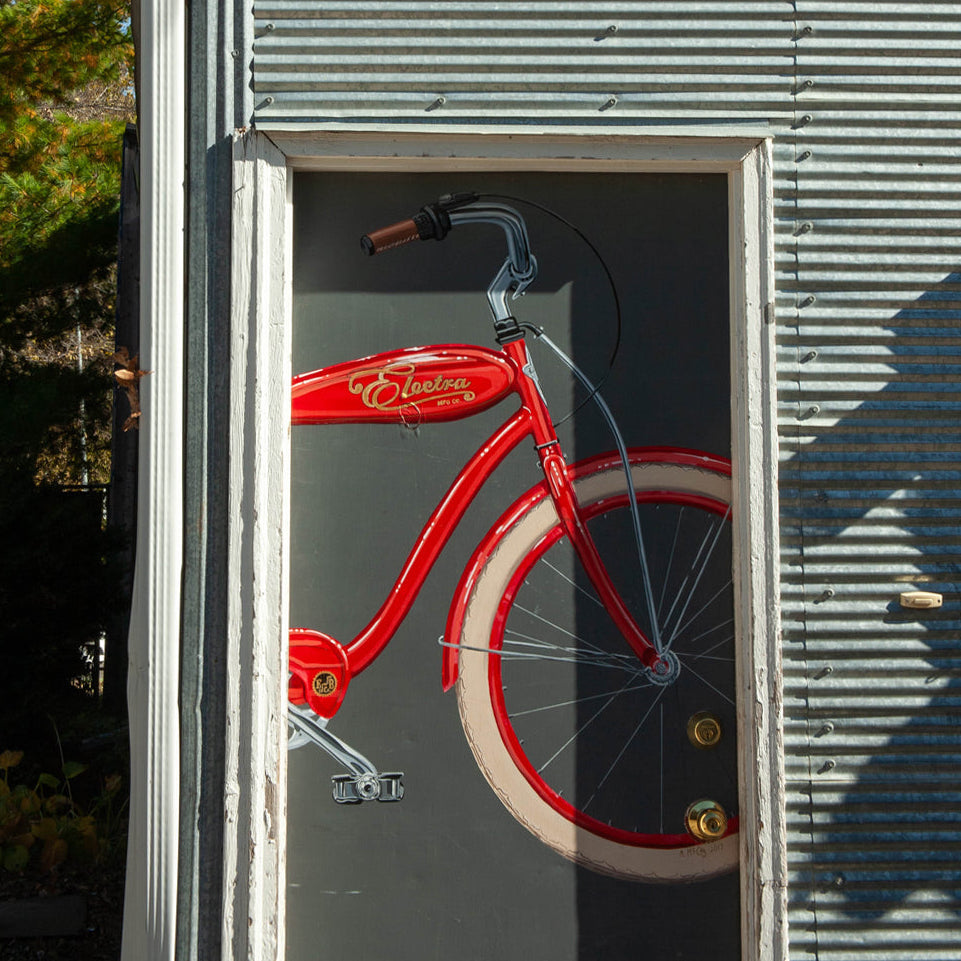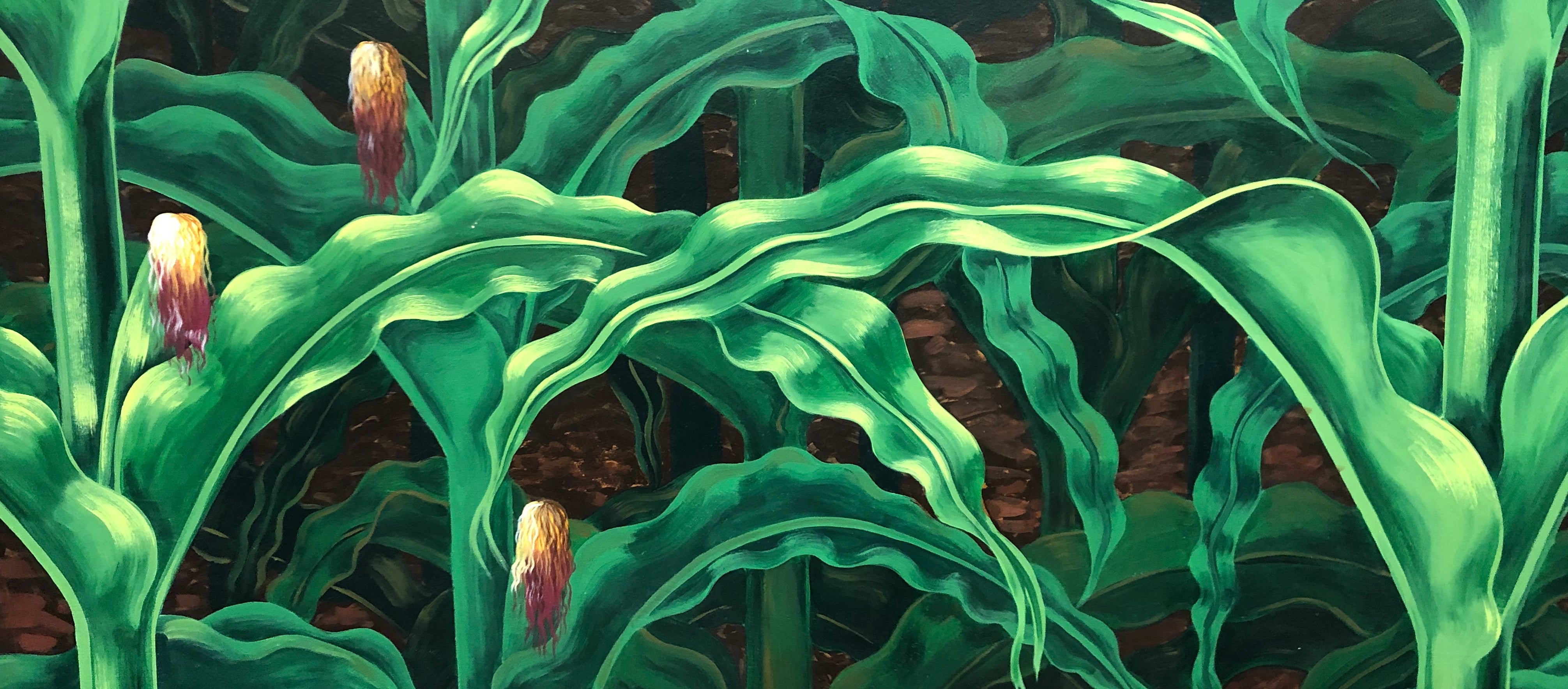In May of 1903, Teddy Roosevelt went to the South Rim of the Grand Canyon and proclaimed, “Leave it as it is. You cannot improve on it."

Roosevelt was a voracious reader. Reportedly, reading a book before breakfast and more later in the day almost every day. He was the quintessential speed reader. He had read Goethe’s Faust and knew the reference of nature being the living garment of God. I like to think this quote came to mind as he peered into the abyss of the Grand Canyon that day.

TR went on to pass, through Congress, the Antiquities Act of 1906, which allows a President to declare a place a national monument. In 1908, Roosevelt made that declaration to protect the Grand Canyon for future generations.

However, if humans are going to travel to the Grand Canyon, an infrastructure needed to be developed for their needs. We couldn’t just “leave it as it is.” Fortunately, for us the Fred Harvey organization was charged with developing that infrastructure in harmony with nature.

The Desert View Lookout Tower was designed for the Fred Harvey organization by architect Mary Coulter. She used the Santa Fe Railroad company bridge builders to build the steel and concrete structure for the tower to modern engineering standards. Prior to that, she researched the architecture of the Pueblo People of the Colorado Plateau for inspiration. She wanted an authentic look and feel to the tower. She employed Hopi craftspeople and artists to help build the tower and paint the murals. The intention was to create something that seemed to grow out of the landscape. Something in tune with Nature. Cut stones were avoided. The tower was to look like it had been there for centuries.



As we were walking down the interior staircase of the tower, a friend said it reminded her of walking down the stairway of the Cologne Cathedral towers. A tribute to the intent of Mary Colter to create a place seemingly with a centuries-old “sense of place” that seemed holy. Her version of a cathedral to worship nature.

Take a walk with Birkenstock.





